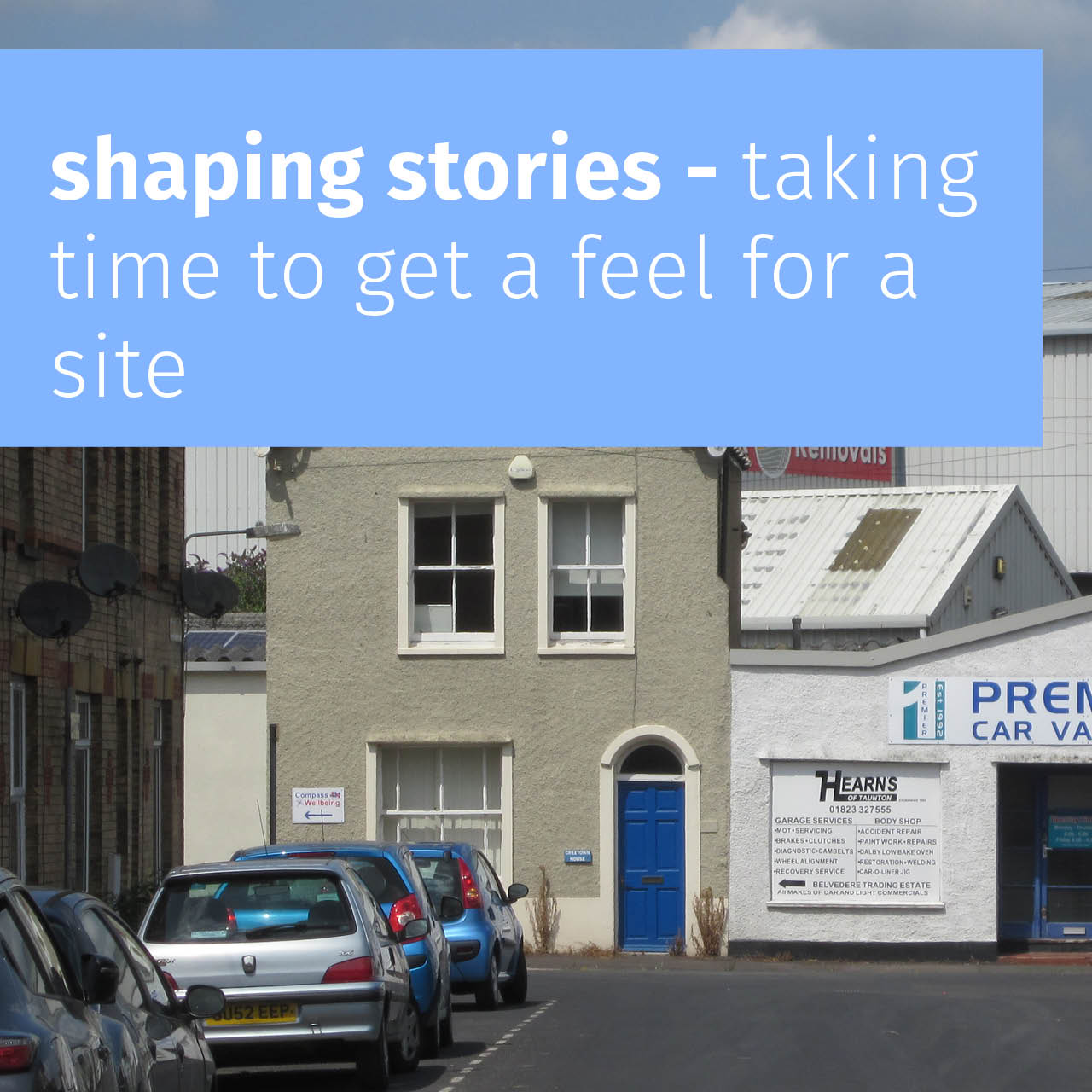
In Building for a Healthy Life and the National Design Guide (NDG) more importance is given to character and ‘making the most of what’s there’ highlighting the need to give time to a process of understanding a site and its context.
The value of time invested in the early stages of a design process is well evidenced, too often important stages of design development are missed out or non-specific anywhere approaches are resorted to. Time spent by a design team conducting careful site appraisal – walking the site, walking the links between a site and neighbouring areas – getting a feel for a place can help to generate a more accurate approach. Investing energy in developing a concept and a convincing story are needed to underpin distinctive design. As is accurate community engagement early on.
The opening paragraph of the NDG discusses about how places make us feel and how we experience them in everyday life. It links place affects to health and wellbeing and describes how places help to sustain feelings of safety, security and inclusion. Design teams need to get a feel for a site – and to extend their observations to thinking about the experiences of diverse existing and future communities.
The NDG explains how a strong proposal needs to have a story:
Well-designed places and buildings come about when there is a clearly expressed ‘story’ for the design concept and how it has evolved into a design proposal. This explains how the concept influences the layout, form, appearance and details of the proposed development. It may draw its inspiration from the site, its surroundings or a wider context. It may also introduce new approaches to contrast with, or complement, its context. This ‘story’ will inform and address all ten characteristics. It is set out in a Design and Access Statement that accompanies a planning application.
The guide is a good framework for Design and Access Statements against which design teams can test they’ve covered the bases and highlight areas of focus for their approach. Building for a Healthy Life also makes clear references to necessary design processes and recommends that proposals should evidence; ‘A strong, hand drawn design concept – ideally with a number of options and ideas explored’- or how ‘designing for legibility when creating a concept plan for a place’ is important from the beginning.
… … …